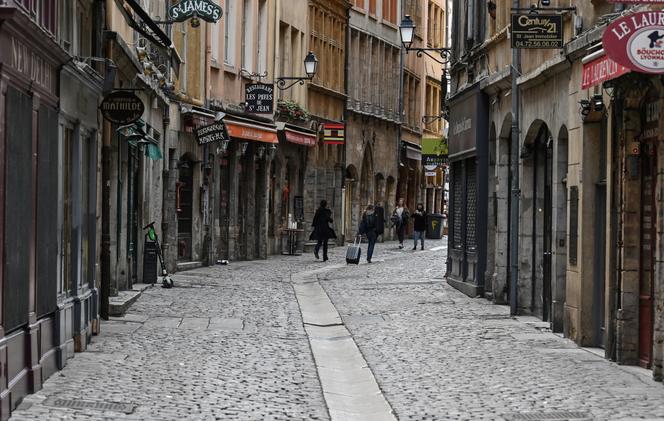


At 8:00 pm on March 16, 2020, five years ago, President Emmanuel Macron announced the lockdown of the French population. Two days later, just before midnight, the European Central Bank opened the floodgates of credit, announcing a €750 billion emergency intervention plan (which eventually rose to €1,700 billion). The time had come for "free money." Governments were able to borrow like never before, at interest rates close to zero, to pay for the national health care effort, the salaries of people forced to stay at home, emergency loans for businesses, etc. A large part of the planet, including all of Europe and the US, did exactly the same.
This dual effect – massive central bank intervention and historic government debt levels – kept economies afloat. Economically, it was a massive experiment, one that was virtually unprecedented. "It was a textbook case of recovery through monetization," explained Gilles Moëc, chief economist at Axa. "It absolutely had to be done, otherwise it would have been an economic catastrophe, as well as being a health catastrophe, but all that has a cost." Soaring public debt, a violent surge in inflation, the fragmentation of international trade – the bill was significant and is far from having been paid in full.
You have 87.5% of this article left to read. The rest is for subscribers only.
